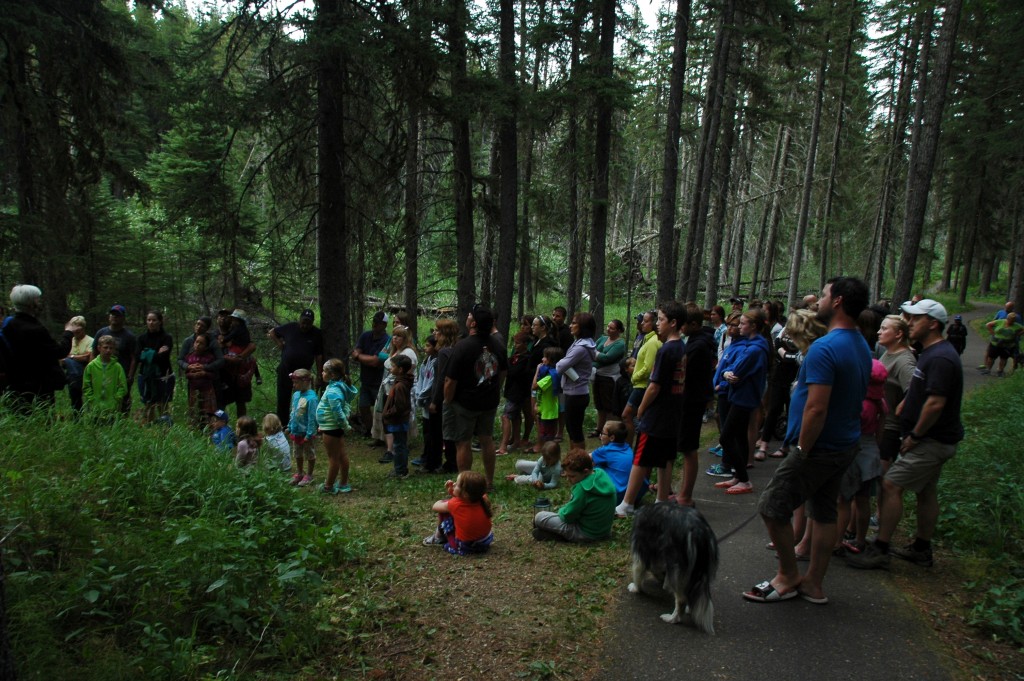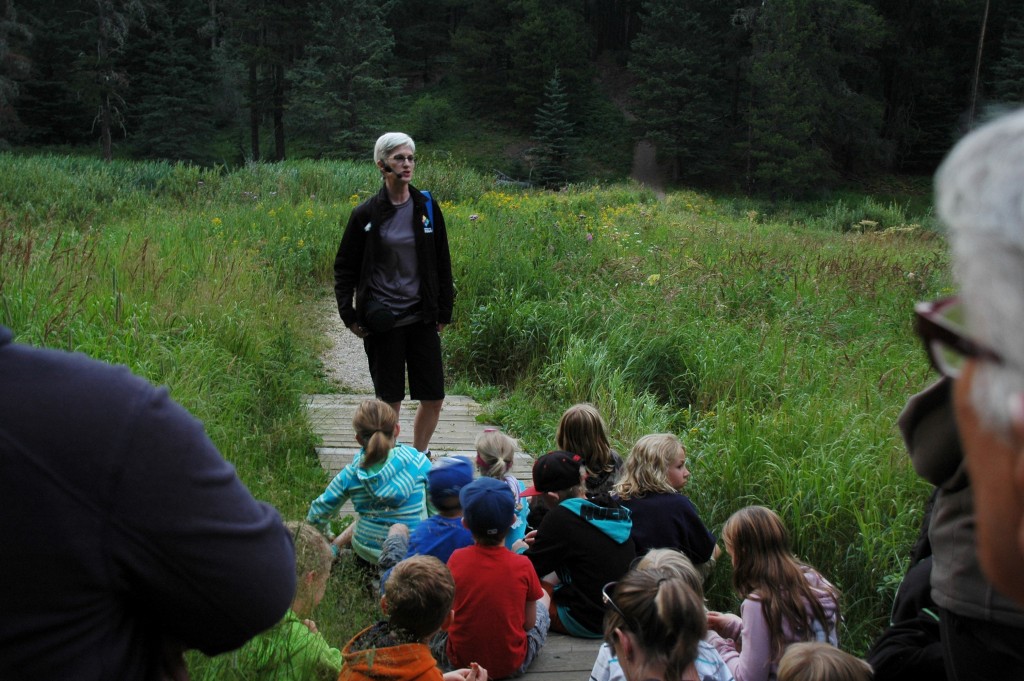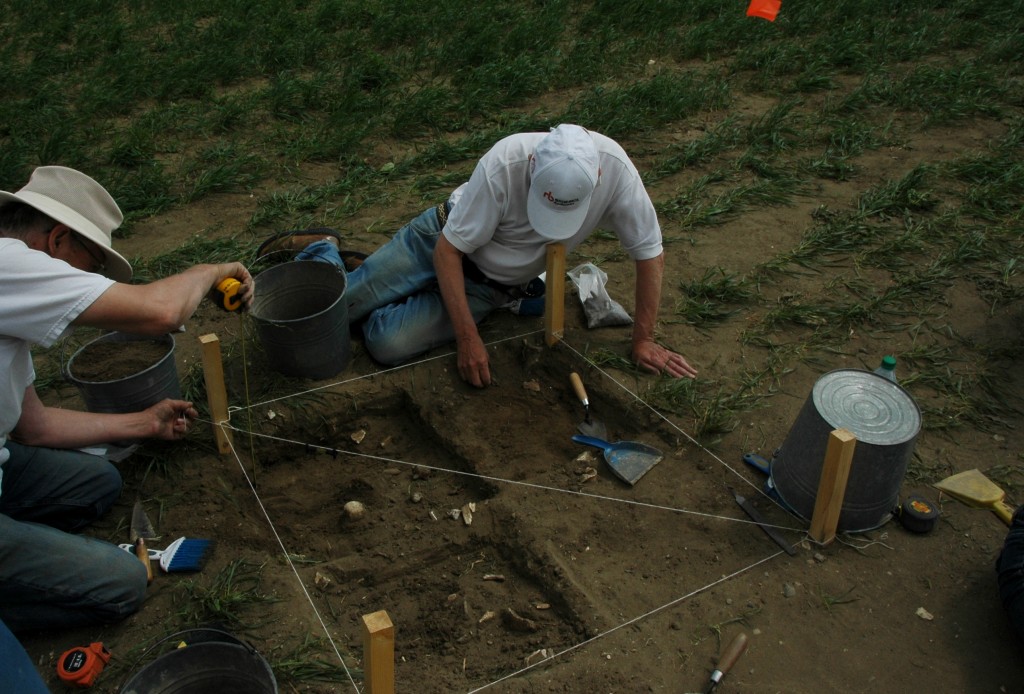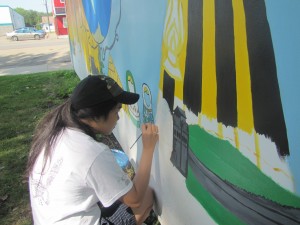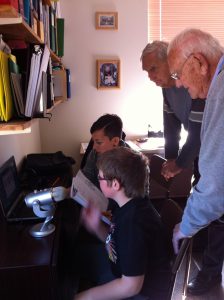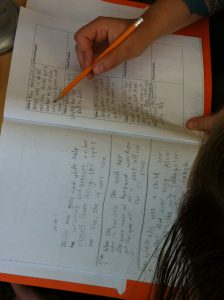“Lighting the pipes” – The Two Spirit International gathering
This past weekend I had the opportunity to attend a portion of the 28th International Two Spirit gathering which was held at Batoche, SK. Since 1987 this weekend retreat has been held for First Nations and Indigenous Two Spirit people and their partners, family and friends.
As I learn about this part of the indigenous culture, I am struck by the high regard held for the two spirit individual within many tribes. That someone who embraces both male and female traits would be revered and being very special people. In modern culture, where the fluidity of gender is evolving it is necessary to find ones place within that cultural landscape. My observation during the opening “Lighting of the Pipes” ceremony and the lighting of the fire (which burned throughout the three day event), was that those who gathered held the First Nations rituals in the highest regard. The opening ceremony consisted of the building of the sweat lodge, the lighting of the pipes, and the sharing of the feast. Under the star-lit skies, we gathered around the teepee, and there was a palpable feeling of unity present. This was a weekend where participants felt safe to celebrate and to heal. Myself included. And indeed, it was an international gathering.
I had the opportunity to attend the sharing/healing circle. It began with the “smudging” as was done in the opening ceremony. The eagle feather, is passed to each individual as they share their own story and how they name their experience. It is an intensely personal time. As with the opening ceremony, I was struck by the strength of the women in the leadership role. And hearing them speak brought me to tears.
I had many questions about the tradition of tobacco within the First Nations’ gatherings. Mostly out of ignorance and fear of making a mistake. I had some very good guidance from within the Two Spirit community in Saskatoon as well as SaskCulture.
Elders and traditional teachers are held in high regard within First Nations culture. They are leaders, teachers, role models and mentors. Tobacco is one of the four sacred medicines. I spent an evening in advance of the weekend making white fabric pouches and filled each with tobacco and tied with a blue ribbon. The colours were purposely chosen. I had originally planned to make an offering of tobacco in exchange for the chance to talk and share stories for a podcast (as is the case in episode 52 of SaskScapes with guest Jack Saddleback). The three women who led the opening ceremony and who spoke so powerfully at the sharing circle the following day was so significant for me, that what I intuited to be most appropriate was to make an offering as a personal thanks. A deeply personal thanks. Not asking for anything in return, for what was given me had already been done. The experience. I was, in that moment, not there representing SaskCulture alone, I was there for me. I found time to take each of the three aside privately and as I place the tobacco in the left hand of each, tears came to my eyes. “Thank you for what you have given me this day”. As a member of the LGBT community I identify with what had been shared around the issue of finding ones place and of healing. And in that moment of offering I began to understand the true significance of the presentation of tobacco and the feeling of profound gratitude for being in that moment and sharing this tradition.


